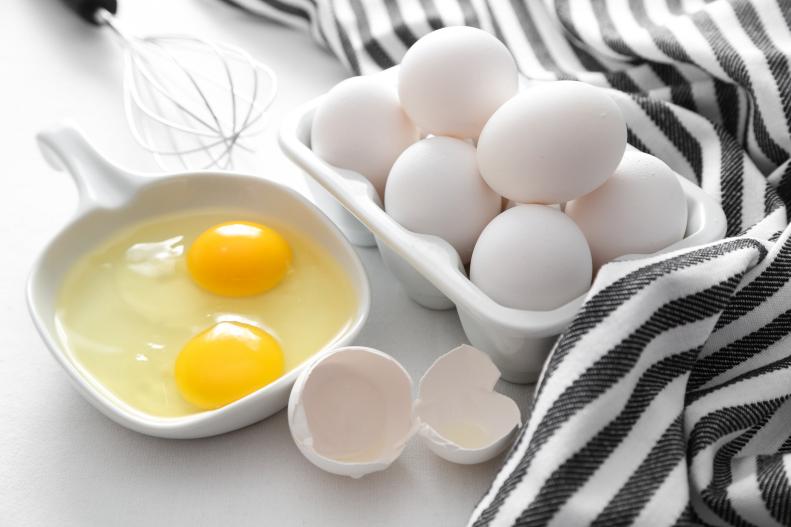1 / 10
Photo: Heather Baird
Egg-ucation
Use grade A large eggs for most baking recipes unless otherwise specified. USDA eggs of this grade are about 2 ounces each. Be sure to note if a recipe requires eggs to be brought to room temperature before using. In general, eggs should be brought to room temperature before adding to cake batter to achieve maximum volume, prevent butter from seizing (that means re-solidifying) and create a smooth even batter. It takes 15-20 minutes for eggs to reach room temperature, or they can be placed in a bowl of hot (not boiling) water for 5-10 minutes.









